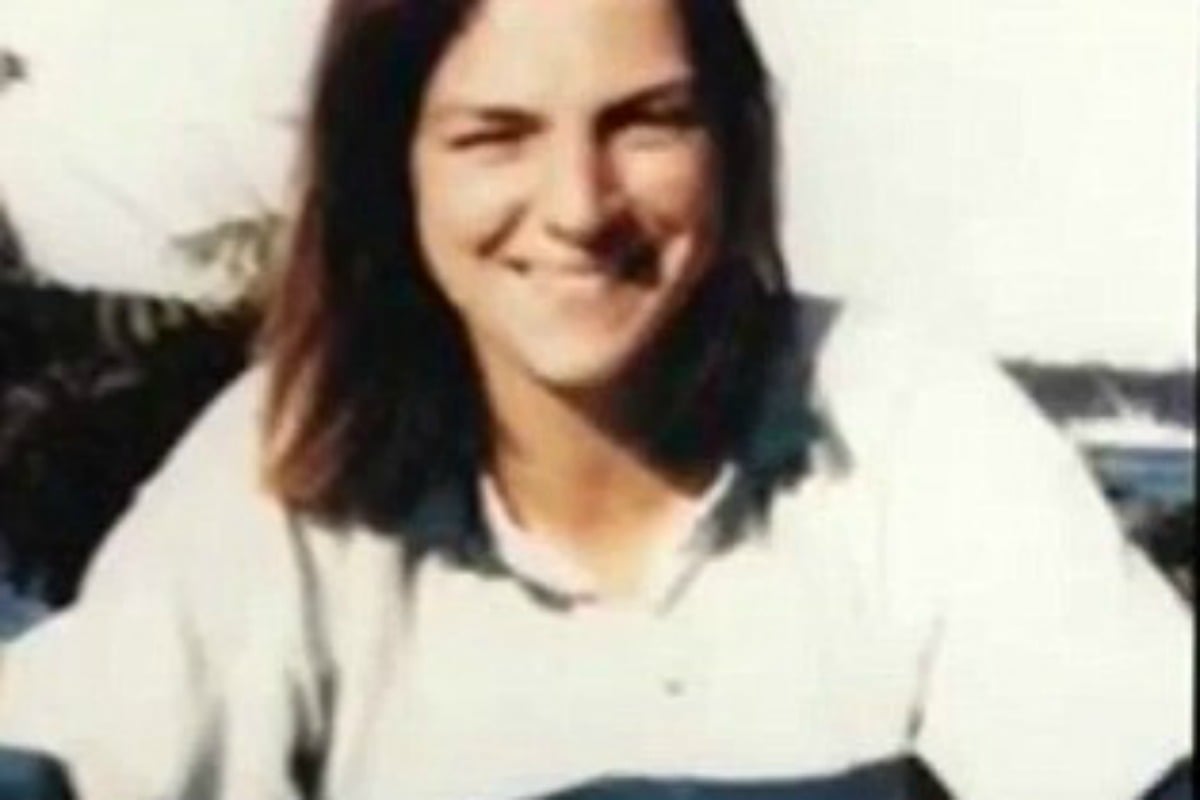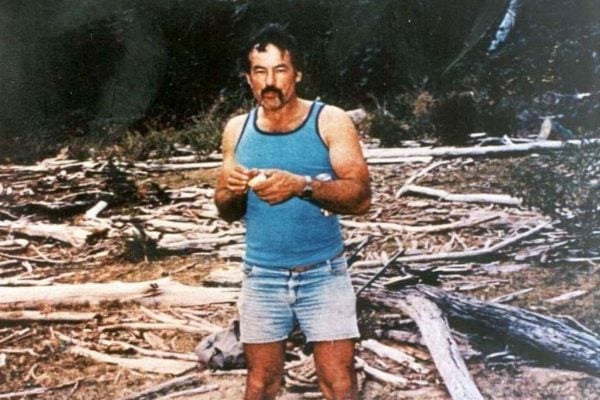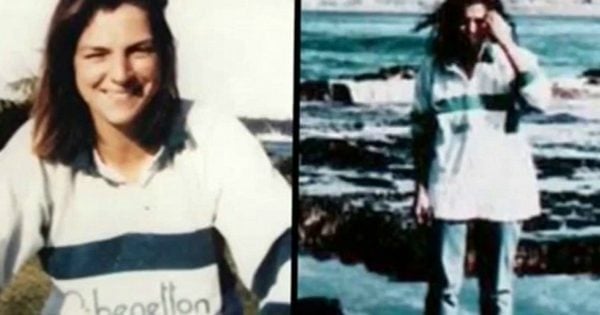
Update: Ivan Milat, widely known as one of Australia’s worst serial killers, has died in prison, aged 74. Milat was diagnosed with terminal oesophageal cancer in May 2019, and was briefly treated at Prince of Wales Hospital, Randwick, before being returned to Long Bay Correctional Centre. He died in the medical wing of the prison on October 27.
Walking into the home of Ivan Milat has been described as coming across an “Aladdin’s cave of evidence”.
Detective Clive Small won’t ever forget the day he led teams of police onto Milat’s property in the early hours of May 22, 1994.
In his book Milat: Inside Australia’s biggest manhunt, he recalls the bulletproof vests under the uniforms of police dressed in black, as they circled the home of the man they believed to be responsible for the murder of seven people found buried in Belanglo State Forest.
Watch the trailer for Catching Milat. Post continues below.
The lead negotiator with the State Protection Group, Detective Sergeant Wayne Gordon, phoned Milat, who believed the police raid was a prank pulled by a friend.































































































